Putting Water In
I continue the theme of water at the Kilgii Gwaay archaeological site in southern Gwaii Haanas. Yesterday’s post, Keeping Water Out, was all about our efforts to remove water from of our work space. Today’s post is all about how we put water into work space.
Tides in Hecate Strait are big tides, bigger than most other parts of the Northwest Coast with a tidal range of about 24 feet compared to the more normal 12 foot range. It was necessary to work with them as the site is under water from mid tidal levels. And low tides seem to have a habit of occurring in the dark, or early morning hours, so water dictated and scheduled many of our methods. The tides flooding into the archaeological units can be ruinous, eroding the sides away and destroying the stratigraphic profiles in just a few minutes. This meant that we had to leave enough time to pump water back into the units to stabilise them when the tide came over that part of the beach – we used a high volume fire pump for this process as there was usually no time to waste. When these big tides get going across a somewhat flat surface, you can see them moving, without any need for time-lapse photography. A rising tide sure does motivate you to get things done, and quickly. Some days we worked 8 to 10 hours without a break to make the most of the available tide window, with a push near the end to stockpile buckets of dirt for screening once the tide was over the site, and we had eaten lunch.
Water screening is essential for wet site materials since many are soft and inordinately delicate with their extreme age and so are easily damaged by steel tools. Therefore, we had to spray water into the screens too. This made rain a necessity though it was also a nuisance. A necessity because we were drawing our screening water from a very small creek which did not flow fast enough after a few days without rain. A nuisance because it always seemed to flow directly into the units, as shown in yesterday’s post. Heavy rain complicates photography, but then water in all its forms made things interesting as it made for constantly wet and dirty hands. I used Rainsleeves on several of the worst days and otherwise was careful to keep the camera dry. However, rain can also make much better photographs with the nicely diffused light and an interesting play of light from all wet surfaces.
Usually on these kinds of sites, one also excavates the deposit with water, but such methods are slow going and require deep sumps and extra pumps (some to pump water into the unit, others to pump it back out) as well as complicate sediment traps to preserve fisheries values. Such logistical problems would not allow us to move much dirt at all. Thus, we dug with steel tools, both trowels and shovels, but when we were in the relatively thin layers that contain wood artifacts, we tried to remove the dirt in large blocks with a shovel (“chunk it out” to use our technical field vocabulary) and then carefully wash it in the screen. The less we scraped and probed with steel, the more likely that things would be found undamaged in the screen with the use of water.
The environmental conditions required methodological compromises. But archaeology is a synonym for compromise. When you dig a site, you compromise it and your methods are compromises from the ideal way of doing things. And no matter your methods and research goals, there are things you cannot do, or do not think to do, or do not need to do at the time that other researchers would later wish that you had done. The way you dig, record, screen, collect, sample, and analyse are all compromises tailored to the circumstances at hand as best you can. Ideally we would have had a few million dollars and the ability to drive a cofferdam into the site which we could pump dry and then work within at all tides in ideal conditions for the whole summer (with walls of water looming during high tides on the other side of thin layers of steel). I have been on a site like that in the bottom of the Thames River in London – it is spooky, and even then we could not dry out the sediments enough to excavate them in a well controlled manner. The Kilgii Gwaay project operates on a fairly small budget, in a wilderness area where industrial scale archaeology is likely to be approved or appreciated, with restricted time available and particular research questions that can be approached without full excavation of the site.
So, the story carries on, wet in every way, all day, every day. It could hardly be wetter if we were working underwater. Even so, it is such a cool project to work on that no one was complaining about the wet, though they might comment if it made them chilly for a few hours, or worry when the tide poured in before a unit was pumped full.
Tomorrow we go on an outing away from the site, and away from some forms of water.
- When tide gets this high, we head home. The screen area has been inundated and there is nothing more we can do.
- Goox and Gwaliga bring the gasoline pump in after filling the units
- The unit nearly filled and the tide pours in. We needed 2 or 3 more minutes this time.
- Filling the unit, time for Daryl to get out before he gets “a soaker” (boot full).
- Filling the unit
- Commencing filling the unit before the tide pours in – fire hose set in a bucket to prevent erosion.
- Fisheries required that we capture fine sediments from the screening so it did not cloud the ocean waters.
- Washing something small in the screen.
- Wood and shell revealed by water screening on the 6mm mesh.
- Goox spraying the 3mm mesh screen
- Water system detail for supplying the screen, with spare length to reach an excavation unit if needed.
- This small electric pump presserized the screen water, running off a 1000 watt generator. It worked flawlessly, best small pump any of us have used.
- Water collection detail.
- Water collection from a stream at edge of beach for use at the screens.
.
This link catalogues my posts on the project. I was accompanied on this trip by Tansy in her moss coloured raincoat, one of the Quimper Hittys, who is blogging about the trip from a doll’s view. You can find those posts here.
Canon 5Dii, Canon 50mm/f1.4 lens and other old Takumar and Nikkor lenses.
.

















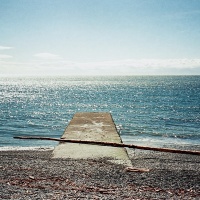
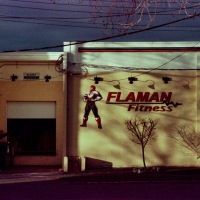
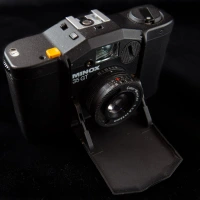
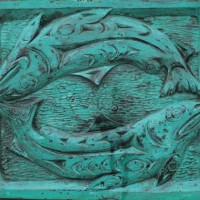
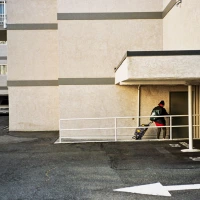
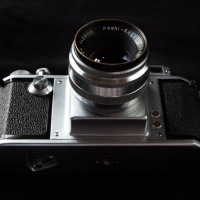
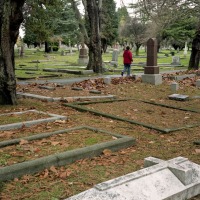
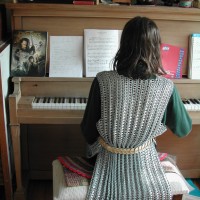
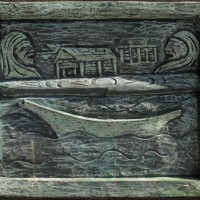


Pingback: Kilgii Gwaay Finds « burnt embers
Boy, you gotta love gettin’ wet!
LikeLike
Its called the Wet Coast for a reason! Wet seems pretty normal.
LikeLike
This is beyond fascinating! You discuss things I never in a million years would have thought of myself outside this context. Well written and full of great information, this series is sure awesome!
LikeLike
Thanks so much Toad. It is such a nice change to go off and do something like this. It clears the mind in many ways.
LikeLike
Amazing. So much work goes into this. Your photographs are wonderful.
LikeLike
Thanks Ryan. It is physically demanding too – that is very heavy dirt, full of rock and saturated as it is. A bucket full must weigh 50lb or more.
LikeLike
I can imagine. But they do say that nothing worth doing is easy. I applaud your work.
LikeLike
That saying accords with experience. Not-easy does not mean not-fun though. It can be the most satisfying and enjoyable of all.
LikeLike
Interesting!
LikeLike
Welcome to Burnt Embers! And thanks so much for commenting 🙂
LikeLike